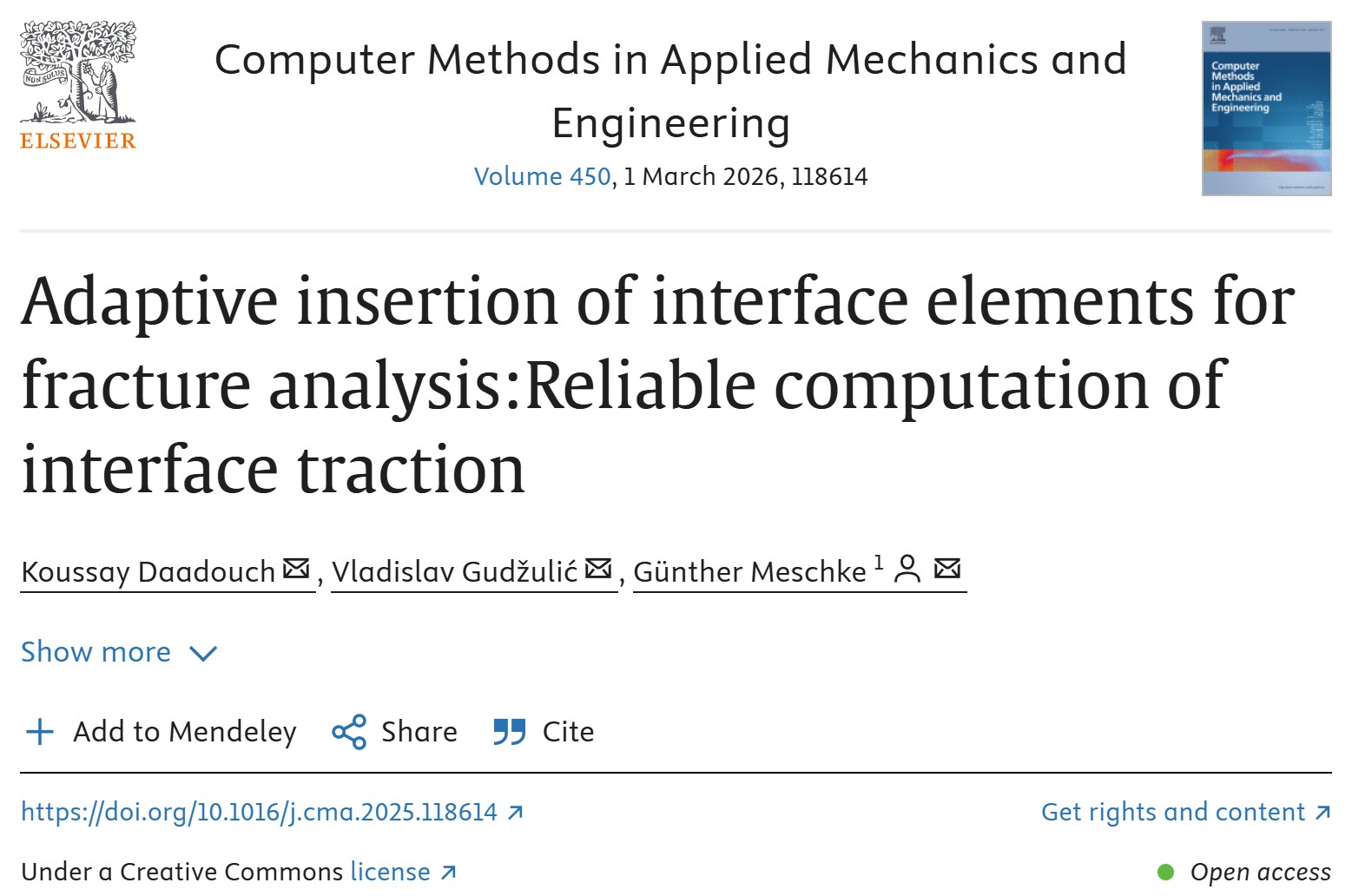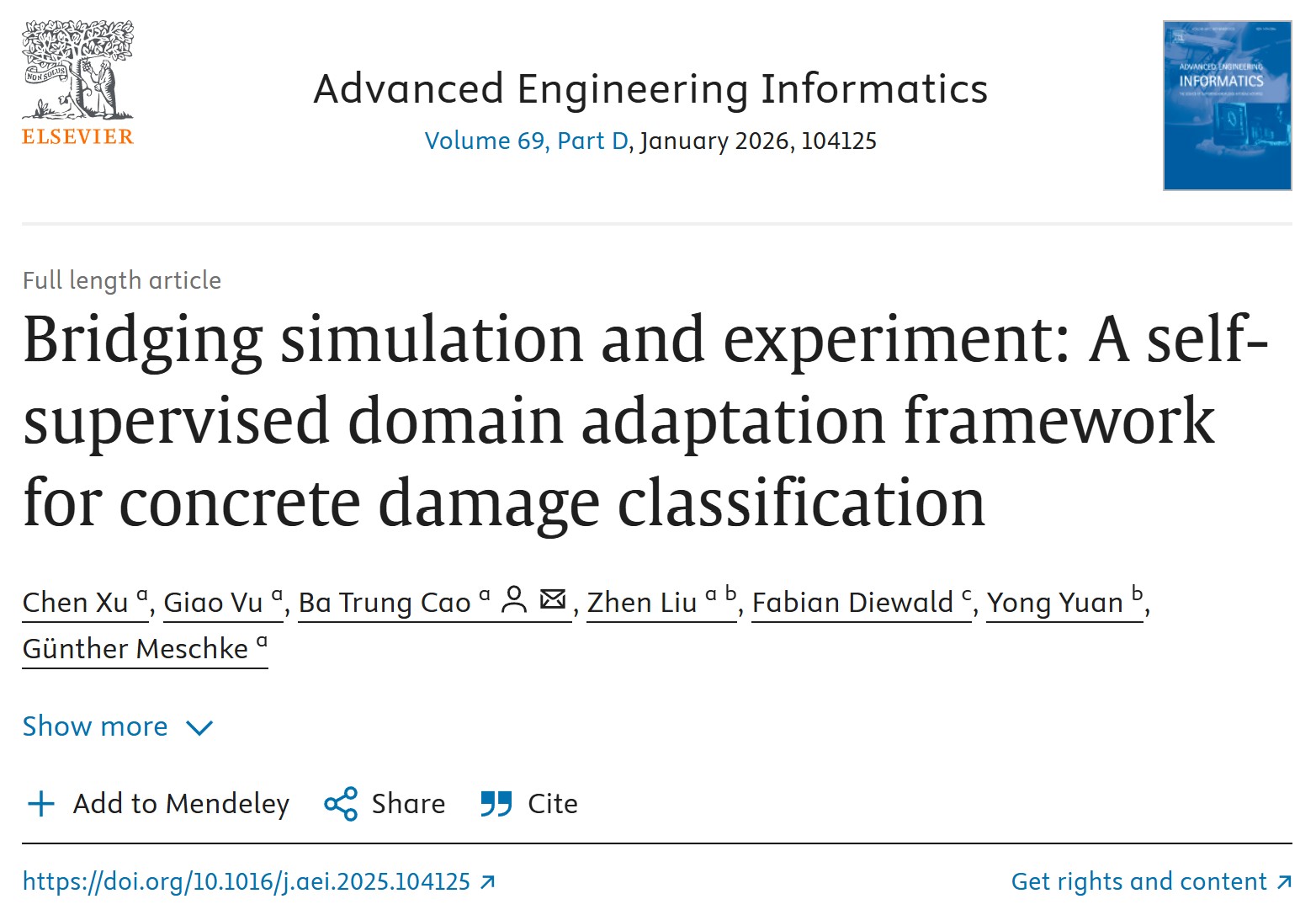08.07.2016
Dr. Dr. Dorival M. Pedroso from University of Queensland, School of Civil Engineering, Australia will hold a guest lecture in the framework of SFB 837 about 'Consistent Implementation of FEM Solutions for
the Theory of Porous Media'.
The Theory of Porous Media (TPM) is a rational and convenient mathematical framework to represent the macroscopic behaviour of porous media including interactions between multiple constituents.
The resulting system of equations is usually known as the hydro-mechanical problem and seldom possesses analytical solutions with few exceptions; however many successful applications take advantage of numerical solutions based on the finite element method (FEM).
A way to update primary and state variables in the FEM is to use implicit schemes that are unconditionally stable. These schemes nonetheless require a number of (consistent) derivatives for achieving (quadratic) convergence when using Newton’s method. Furthermore, all state variables must be initialised with consistent initial conditions. Therefore, overall consistency of the numerical solver must be followed in order to obtain accurate results under feasible computing times.
An additional challenge during the solution of the multiconstituent flow problem in porous media is the treatment of unilateral boundary conditions that arise when liquid may escape from the porous domain through a region prone to changes in saturation. These kind of boundary conditions greatly increase the difficulty especially in coupled simulations and hence require a proper method to treat them.
This presentation aims to clarify the aforementioned challenges and to suggest a couple of algorithms that were published in to their solution. Focus will be given to:

"Adaptive insertion of interface elements for fracture analysis: Reliable computation of interface t
more...
Chen Xu, Giao Vu, Ba Trung Cao, Zhen Liu, Fabian Diewald, Yong Yuan, and Günther Meschke are the au
more...